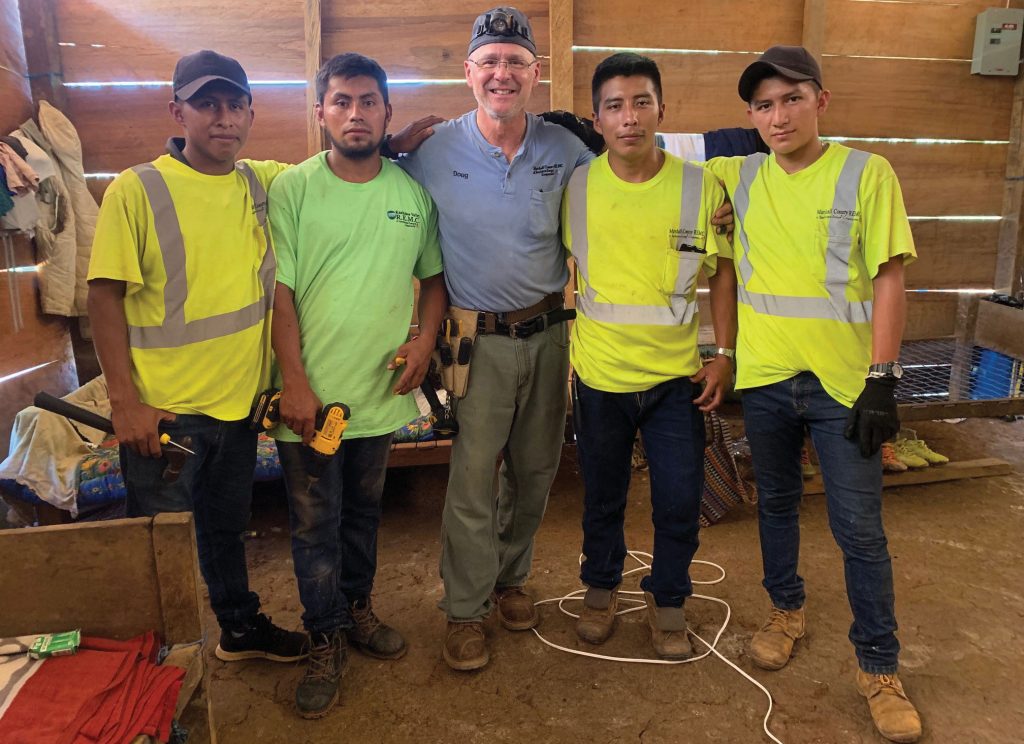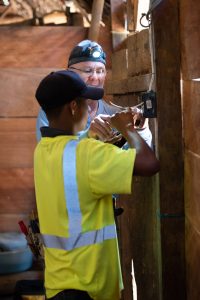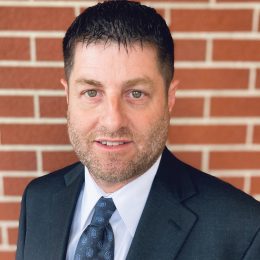
Marshall County REMC Lineman Doug MacLain, along with 13 Indiana electric cooperative lineworkers, traveled to Guatemala as part of an international initiative to bring electricity to a developing area.
“Project Indiana: Empowering Global Communities for a Better Tomorrow” brought electricity to an underdeveloped part of the Central American country. The crew electrified the village of San Jacinto in east central Guatemala. They brought electricity to 90 homes, a school, two churches and a pump house. The electric power for the village is generated at a hydroelectric facility in the region.

This was MacLain’s second trip to Guatemala. In 2015, he traveled to the village of Sepamac in Alta Verapaz, Guatemala, where the crew electrified 164 homes, a school and a church.
“This trip was a little different,” MacLain said. “This time, we actually got to help wire the homes, see the lights come on and see their reactions.” Although the work was a little different this time around, the main goal was to bring electricity to the village and teach the villagers how to properly use this new technology, which turned out to be one of the best parts for MacLain.
“I really enjoyed helping the young villagers learn about wiring and teaching them a skilled trade that they could further pursue,” he said.
All work completed by the linemen was done by hand without the aid of modern equipment available at the cooperatives, such as bucket trucks.
MacLain has been a lineman at Marshall County REMC for 24 years. We thank him for his hard work and his willingness to help those in need.
This was Indiana Electric Cooperatives’ fourth trip to Guatemala.
In August 2012, 28 Hoosier lineworkers from 17 of Indiana’s electric cooperatives, spent four weeks working across mountainous terrain to bring electricity to 184 homes, a church and a school in three villages.
In April 2015, 14 lineworkers battled extreme heat and the rugged land to bring electricity to 164 homes, a school and a church.
And, in 2017, 14 lineworkers endured temperature extremes to power 68 homes, a school, a church and a health clinic.
Learn more at ProjectIndiana.org.



